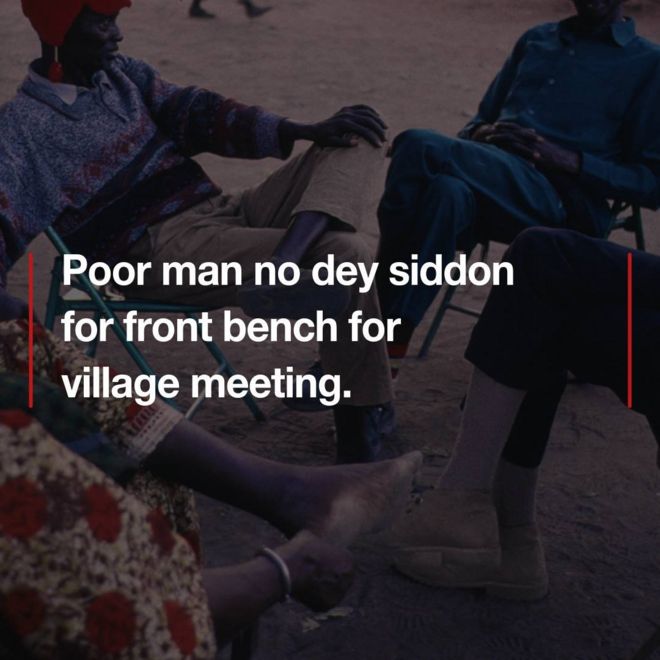
Under the Japanese puppet government during World War II, Tagalog as a national language was strongly promoted the 1943 Constitution specifying: The government shall take steps toward the development and propagation of Tagalog as the national language.". In 1939, President Quezon renamed the proposed Tagalog-based national language as Wikang Pambansâ (national language). Quezon then, on December 30, 1937, proclaimed the selection of the Tagalog language to be used as the basis for the evolution and adoption of the national language of the Philippines. After study and deliberation, the National Language Institute, a committee composed of seven members who represented various regions in the Philippines, chose Tagalog as the basis for the evolution and adoption of the national language of the Philippines. In 1935, the Philippine constitution designated English and Spanish as official languages, but mandated the development and adoption of a common national language based on one of the existing native languages. Tagalog was declared the official language by the first revolutionary constitution in the Philippines, the Constitution of Biak-na-Bato in 1897. Official status ĭiariong Tagalog (Tagalog Newspaper), the first bilingual newspaper in the Philippines founded in 1882 written in both Tagalog and Spanish. The indigenous poet Francisco Balagtas (1788–1862) is known as the foremost Tagalog writer, his most notable work being the early 19th-century epic Florante at Laura.
#PIDGIN ENGLISH JOKES MANUAL#
Īmong others, Arte de la lengua tagala y manual tagalog para la administración de los Santos Sacramentos (1850) in addition to early studies of the language. Pedro de Sanlucar and published as Vocabulario de la lengua tagala in Manila in 1754 and then repeatedly reedited, with the last edition being in 2013 in Manila.

Further compilation of his substantial work was prepared by P. He prepared the dictionary, which he later passed over to Francisco Jansens and José Hernandez. Clain spoke Tagalog and used it actively in several of his books. The first substantial dictionary of the Tagalog language was written by the Czech Jesuit missionary Pablo Clain in the beginning of the 18th century. In 1613, the Franciscan priest Pedro de San Buenaventura published the first Tagalog dictionary, his " Vocabulario de la lengua tagala" in Pila, Laguna. In 1610, the Dominican priest Francisco Blancas de San Jose published the "Arte y reglas de la lengua tagala" (which was subsequently revised with two editions in 17) in Bataan. Throughout the 333 years of Spanish rule, various grammars and dictionaries were written by Spanish clergymen.

*tubiR (water) and *zuRuʔ (blood) became Tagalog tubig and dugô. Proto-Philippine *ŋajan (name) and *hajək (kiss) became Tagalog ngalan and halík. Proto-Philippine *r, *j, and *z merged with /d/ but is /l/ between vowels. For example, Proto-Philippine *dəkət (adhere, stick) is Tagalog dikít and Visayan & Bikol dukot. In most Bikol and Visayan languages, this sound merged with /u/ and. Tagalog differs from its Central Philippine counterparts with its treatment of the Proto-Philippine schwa vowel *ə. It is closely related to the languages spoken in the Bicol Region and the Visayas islands, such as the Bikol group and the Visayan group, including Waray-Waray, Hiligaynon and Cebuano. Being Malayo-Polynesian, it is related to other Austronesian languages, such as Malagasy, Javanese, Malay ( Malaysian and Indonesian), Tetum (of Timor), and Yami (of Taiwan). Tagalog is a Central Philippine language within the Austronesian language family. 12.2 Universal Declaration of Human Rights.9.2 Cognates with other Philippine languages.


 0 kommentar(er)
0 kommentar(er)
